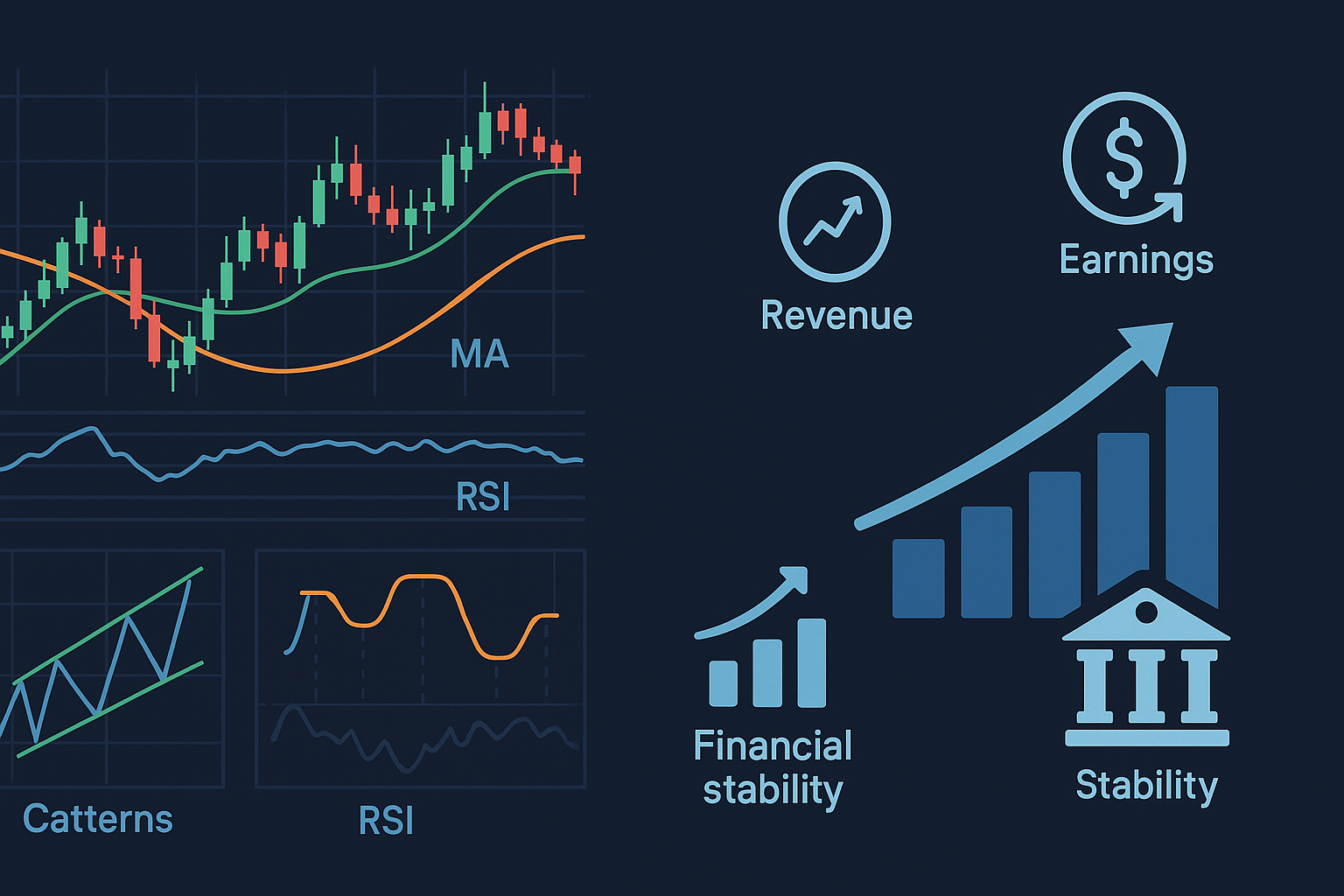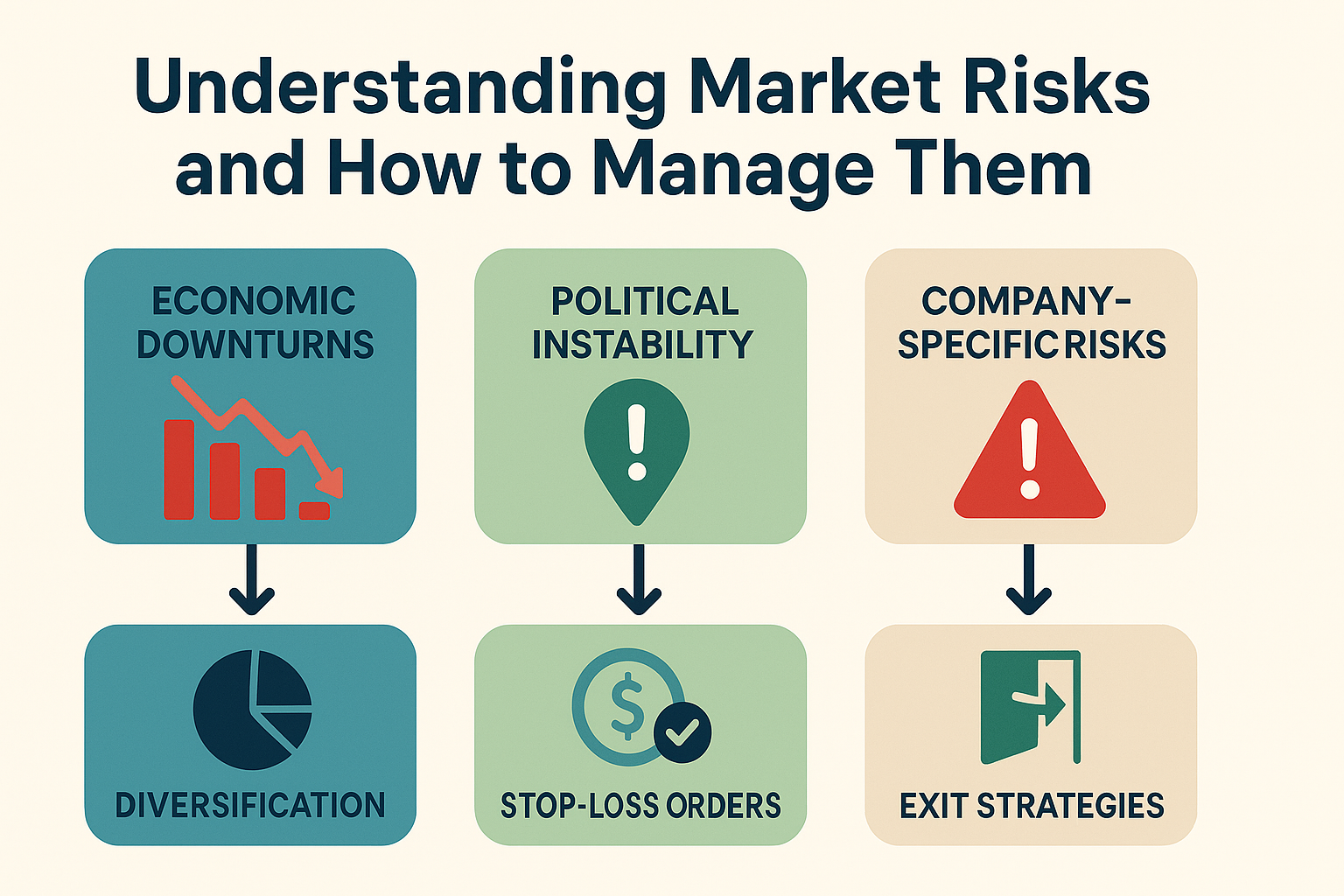Investing in the share market can be an intimidating endeavor, especially for beginners who are just starting their journey. However, understanding how to learn share market principles and trading strategies is a critical step towards financial independence and wealth creation. With the right knowledge, patience, and strategic planning, anyone can navigate the complexities of the stock market. This comprehensive guide will provide you with essential steps, practical tips, and insightful strategies on how to learn share market trading effectively. By the end of this guide, you will not only grasp the foundational concepts of the stock market but also feel confident in making informed investment decisions that align with your financial goals.
You may also like: The Ultimate Property Investment 101 Guide: Proven Strategies to Build Wealth in Real Estate

Understanding the Basics: What is the Share Market?
Before diving into how to learn share market strategies, it’s important to understand what the share market actually is. The share market, often referred to as the stock market, is a platform where shares of publicly listed companies are traded. These shares represent ownership in the company, giving investors the opportunity to profit from the company’s growth and earnings. Essentially, when you buy a share, you become a part-owner of that company.
There are two main types of share markets: the primary market and the secondary market. In the primary market, companies issue new shares to the public through an Initial Public Offering (IPO). This is the first time the company’s shares become available to investors. Once the shares are issued, they can be bought and sold in the secondary market, which is where most trading activities occur. Major stock exchanges, such as the New York Stock Exchange (NYSE), NASDAQ, and the Bombay Stock Exchange (BSE), are examples of secondary markets where these trades happen daily.

The Importance of Learning Share Market Fundamentals
For anyone looking to invest successfully, understanding the fundamentals of the share market is crucial. These fundamentals include knowing how stock prices are determined, the role of supply and demand, and how economic factors influence market trends. Additionally, investors must grasp key financial metrics such as earnings per share (EPS), price-to-earnings (P/E) ratio, and dividend yields, which help in evaluating a company’s financial health and growth potential.
Investing without a solid understanding of these principles is akin to navigating without a map. Learning these core concepts provides the foundation for making informed decisions that minimize risk and maximize returns. For beginners, there are numerous online courses, books, and tutorials that break down these concepts into manageable lessons. Furthermore, virtual trading platforms offer a risk-free environment to practice trading and understand market dynamics without financial exposure.
How to Learn Share Market Trading Effectively
One of the best ways to learn share market trading is through a combination of theoretical study and practical experience. Theoretical knowledge provides the necessary understanding of financial markets, stock analysis, and investment strategies, while practical experience allows you to apply what you’ve learned in real-world scenarios. Many online brokerage platforms offer paper trading or simulation accounts that allow beginners to practice buying and selling stocks with virtual money. This hands-on experience is invaluable in building confidence and honing trading skills.
Moreover, attending financial seminars, joining investment clubs, and engaging with online forums can provide deeper insights into market movements and trading strategies. Learning from experienced investors also helps to avoid common pitfalls and develop a strategic approach to trading.

Conducting Market Analysis: A Key to Informed Trading
Effective market analysis is one of the pillars of successful share market trading. This involves understanding market trends, identifying price patterns, and analyzing financial statements to predict stock movements. Beginners should familiarize themselves with both technical analysis, which focuses on price movement and chart patterns, and fundamental analysis, which looks at the financial health and performance of companies.
Technical analysis includes studying charts, volume patterns, and technical indicators such as the Moving Average (MA), Relative Strength Index (RSI), and Bollinger Bands. These tools help investors understand market sentiment and predict potential price movements. On the other hand, fundamental analysis involves evaluating a company’s earnings, revenue, debt, and overall financial stability to determine its long-term potential.
By combining both types of analysis, investors can make more informed decisions about when to buy, hold, or sell shares. This balanced approach reduces risk and increases the likelihood of achieving profitable outcomes in the market.

Strategies for Beginner Investors
For beginners, understanding the best way to learn stock market trading involves exploring different strategies that suit their risk tolerance and financial goals. Some of the most common strategies include value investing, growth investing, and income investing. Value investors look for stocks that are undervalued by the market but have strong financials, while growth investors focus on companies with high growth potential, even if their current earnings are modest. Income investors, on the other hand, seek companies with high dividend yields for consistent returns.
Diversification is another critical concept for beginners to master. Spreading investments across different sectors and asset classes reduces risk and helps stabilize returns. Mutual funds and exchange-traded funds (ETFs) are excellent options for beginners seeking diversification without the need to pick individual stocks. ETFs track the performance of major indices or specific sectors, offering exposure to multiple companies within one investment.
Investors should also learn about dollar-cost averaging—a strategy that involves regularly investing a fixed amount of money into the market, regardless of stock prices. This method mitigates the impact of market volatility by purchasing more shares when prices are low and fewer shares when prices are high.

Understanding Market Risks and How to Manage Them
Investing in the share market inherently carries risks, and understanding these risks is essential for long-term success. Market risks include economic downturns, political instability, and fluctuations in global markets. Additionally, company-specific risks such as poor management decisions or declining sector performance can impact share prices.
Risk management strategies include diversification, setting stop-loss orders, and staying informed about market news. Investors should also develop an exit strategy to protect their investments if market conditions turn unfavorable. By acknowledging risks and implementing protective measures, investors can safeguard their portfolios against significant losses.

Long-Term Investing: Building Wealth Over Time
Long-term investing is a strategy where investors hold onto their stocks for an extended period, often five to ten years or more. This approach allows investors to benefit from the growth of companies over time, leveraging the power of compounding. Long-term investments tend to withstand market volatility better and offer higher returns compared to short-term trading strategies.
Share Market FAQ: Essential Questions and Answers
How to Learn Share Market Effectively as a Beginner?
Learning how to learn share market effectively requires a structured approach combining education and practice. Start by familiarizing yourself with basic concepts such as stock exchanges, shares, and trading principles. Numerous online courses and investment seminars offer valuable insights into share market trading basics, while virtual trading platforms allow you to practice buying and selling shares without real financial risk. Joining investment forums and financial communities can also help you learn from experienced traders who share practical advice and market insights. To solidify your understanding, study real-time market movements, analyze financial news, and continuously engage with market analysis reports.
What is the Best Way to Learn Stock Market Analysis?
The best way to learn stock market analysis is to first understand the two primary types: fundamental analysis and technical analysis. Fundamental analysis focuses on evaluating a company’s financial health by studying earnings, revenue, market share, and growth potential. Technical analysis, on the other hand, revolves around chart patterns, historical prices, and trading volumes to predict future movements. Beginners should start with fundamental analysis to grasp the economic and financial health of companies before moving to technical analysis. Practice analyzing companies you are interested in and track their market performance to see how theory matches reality.
How Can I Learn the Stock Market Without Prior Experience?
You can learn the stock market even without prior experience by leveraging educational resources tailored for beginners. Start with books like “The Intelligent Investor” by Benjamin Graham and “One Up On Wall Street” by Peter Lynch, which offer foundational knowledge. Online platforms such as Coursera, Udemy, and Investopedia provide structured courses that break down complex concepts into digestible lessons. Additionally, virtual trading apps enable you to practice stock buying and selling with simulated money, helping you understand market fluctuations without real-world risks. Consistent learning and hands-on practice are key to building confidence and skill in the stock market.
How to Learn Stock Market Trading for Beginners: Key Strategies
For beginners, learning stock market trading involves mastering key strategies like dollar-cost averaging, value investing, and growth investing. Dollar-cost averaging involves investing a fixed amount regularly, regardless of market prices, helping mitigate the effects of market volatility. Value investing focuses on buying undervalued stocks with strong fundamentals, while growth investing targets companies with high growth potential. Understanding these strategies and practicing them in simulation platforms can provide hands-on experience. Additionally, staying updated with financial news and market analysis reports will sharpen your trading acumen.
How to Study Share Market Trends and Indicators?
Studying share market trends and indicators involves a mix of technical and fundamental analysis. Technical analysis requires learning how to interpret charts, candlesticks, and key indicators like Moving Averages, Bollinger Bands, and the Relative Strength Index (RSI). These tools help identify market momentum and potential price reversals. Fundamental analysis, however, focuses on evaluating a company’s earnings reports, market position, and economic factors that influence its performance. Beginners should start by analyzing historical market data and news events to understand how different factors impact stock prices. Over time, recognizing market patterns and trends will become more intuitive.
What Are the Key Principles of Stock Market 101?
Stock Market 101 covers essential principles like understanding market cycles, recognizing bull and bear markets, and knowing the difference between stocks, bonds, and mutual funds. A solid grasp of economic indicators such as interest rates, inflation, and GDP growth can also provide insights into market movements. Risk assessment and portfolio diversification are critical concepts that help investors balance potential returns with acceptable levels of risk. To truly master these basics, consider reading financial publications like The Wall Street Journal and Bloomberg, which provide daily market updates and expert analysis.
How Important is Investing in Equity Markets for Wealth Building?
Investing in equity markets is crucial for long-term wealth building because it allows investors to own a stake in profitable companies. Equities historically outperform other investment options like bonds or savings accounts over the long term, providing opportunities for significant capital appreciation. When investing in equity markets, it’s important to diversify across different sectors to minimize risks associated with market volatility. Additionally, investing in both domestic and international markets can offer exposure to varying economic conditions, increasing potential returns. Learning share market trading basics is fundamental to making informed equity investments.
How to Approach Share Market Trading Basics for New Investors?
Approaching share market trading basics requires understanding market terminology, learning how trades are executed, and familiarizing yourself with different types of orders, such as market orders and limit orders. Beginners should also learn how stock prices are influenced by market news, corporate earnings, and global events. It’s also essential to understand brokerage platforms and the associated fees that can impact profitability. Practicing with virtual trading platforms helps new investors get comfortable with executing trades and managing portfolios without real financial risk. Building confidence through practice is a crucial step towards mastering share market trading.
What Are the Best Resources for Understanding Stock Market Basics?
To understand stock market basics, leverage resources like financial news platforms, online courses, and investment books. Websites like Investopedia, Morningstar, and Yahoo Finance provide real-time updates and detailed market analysis. Books such as “A Random Walk Down Wall Street” and “The Little Book of Common Sense Investing” are excellent for grasping basic principles. For practical experience, consider virtual stock market simulators that let you practice trading without risking capital. Regularly following market news and engaging with investment communities can further enhance your understanding.
Why is Continuous Learning Important in Stock Market Investing?
Continuous learning in stock market investing is essential because financial markets are constantly evolving. New technologies, global economic changes, and political shifts can all impact market stability and growth opportunities. Staying updated with market news, economic policies, and financial reports helps investors adapt their strategies to changing conditions. Engaging with investment forums and reading analysis reports from financial experts provide new perspectives and insights. Long-term success in the stock market is often determined by an investor’s willingness to learn and adapt over time.
Conclusion: Mastering the Share Market as a Beginner
Learning how to navigate the share market is a journey that requires patience, education, and practical experience. By understanding the basics of the market, mastering trading strategies, analyzing market trends, and managing risks effectively, beginners can build a strong foundation for successful investing. The importance of continuous learning cannot be overstated. Markets evolve, and new financial instruments emerge, making it crucial for investors to stay informed and adaptable.
Long-term investing, coupled with a diversified portfolio and strategic risk management, can pave the way for substantial wealth accumulation. Whether you choose value investing, growth strategies, or income investing, the key lies in consistent learning and disciplined trading. Remember, the share market is not just about making quick profits; it’s about building sustainable wealth over time.
For beginners looking to deepen their understanding, leveraging online courses, joining investment communities, and practicing through simulation trading are excellent ways to enhance your skills. With the right approach and a commitment to learning, mastering the share market is well within reach. Armed with knowledge and strategic planning, you can confidently pursue your financial goals and build lasting wealth in the stock market.
The Basics of Investing In Stocks





